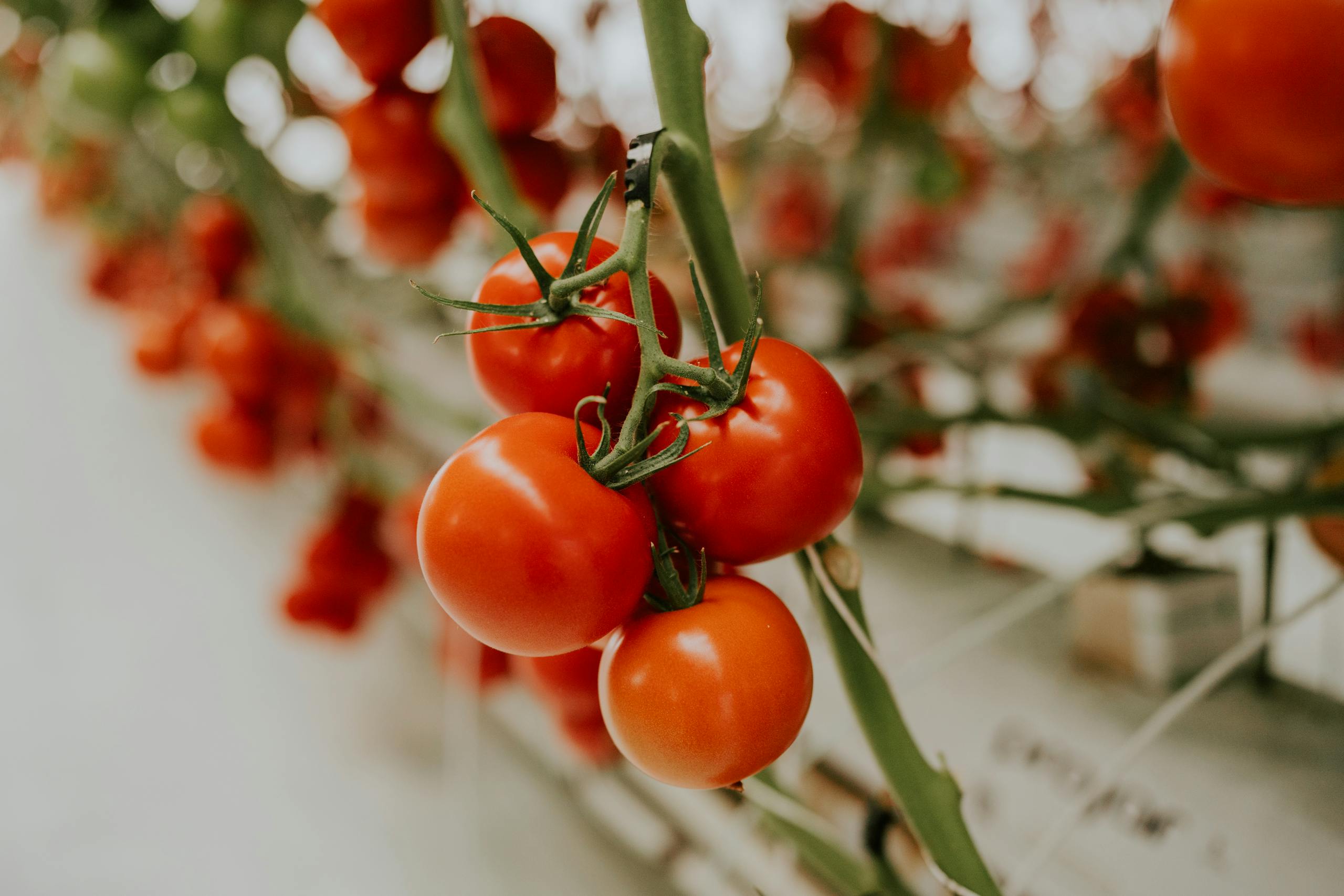About to embark on your tomato planting journey? Look no further than this comprehensive guide to planting tomato. Tomatoes are one of the most popular vegetables to grow in home gardens, thanks to their versatility and delicious flavor. Whether you are a seasoned gardener or a beginner, planting tomatoes can be a rewarding experience.
When it comes to planting tomatoes, there are a few key steps to keep in mind to ensure a successful harvest. The first step is to choose the right variety of tomato for your garden. There are countless varieties to choose from, including cherry tomatoes, beefsteak tomatoes, and heirloom tomatoes. Consider factors such as the size of the tomato, its flavor profile, and the climate in which you are planting.
Once you have selected the right variety of tomato, it’s time to prepare your garden bed. Tomatoes thrive in well-drained, fertile soil with plenty of sunlight. Choose a location in your garden that receives at least six to eight hours of sunlight per day. Dig a hole for each tomato plant, making sure to space them at least two feet apart to allow for proper air circulation.
Before planting your tomato seedlings, it’s important to amend the soil with organic matter, such as compost or aged manure. This will help provide essential nutrients for your plants and improve soil structure. Once the soil is prepared, gently remove the tomato seedlings from their containers and plant them in the holes you have dug. Be sure to bury the seedlings deep enough so that only the top few sets of leaves are above the soil.
After planting your tomato seedlings, it’s crucial to provide them with proper care to ensure healthy growth and abundant fruit production. Water your tomato plants regularly, making sure to keep the soil consistently moist but not waterlogged. Tomatoes are heavy feeders, so be sure to fertilize them every few weeks with a balanced fertilizer to promote strong, healthy growth.
One of the most important aspects of planting tomatoes is proper staking and support. Tomato plants can grow quite tall and heavy, so providing them with support will help prevent them from toppling over and ensure good air circulation around the plants. There are many options for staking tomatoes, including tomato cages, stakes, and trellises. Choose a method that works best for your garden space and the size of your tomato plants.
As your tomato plants grow, be sure to keep an eye out for common pests and diseases that can affect them. Aphids, hornworms, and blight are just a few of the potential threats to your tomato plants. Regularly inspect your plants for any signs of pests or disease, and take action promptly to prevent further damage. There are many organic methods for controlling pests and diseases, such as neem oil and companion planting.
With proper care and attention, you can enjoy a bountiful harvest of fresh, homegrown tomatoes from your garden. Whether you choose to eat them fresh off the vine, can them for later use, or make them into delicious sauces and salsas, homegrown tomatoes are a versatile and flavorful addition to any kitchen. So roll up your sleeves, grab your gardening gloves, and get ready to plant some tomatoes – your taste buds will thank you!





